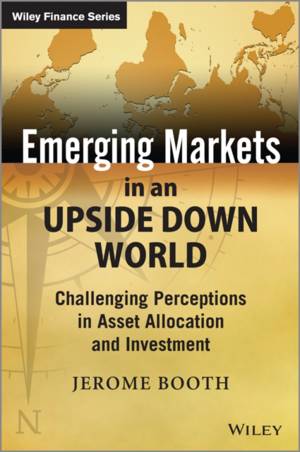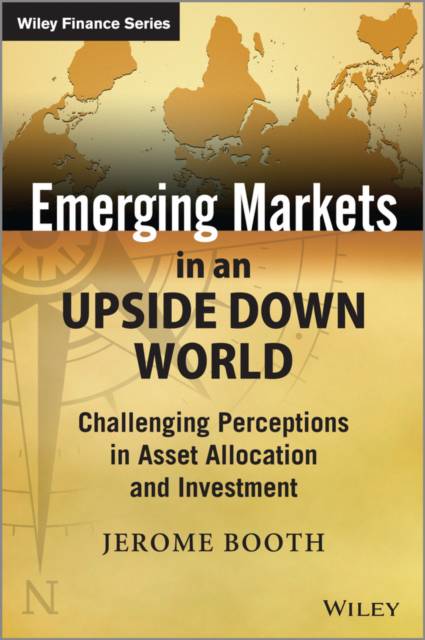
- Afhalen na 1 uur in een winkel met voorraad
- Gratis thuislevering in België vanaf € 30
- Ruim aanbod met 7 miljoen producten
- Afhalen na 1 uur in een winkel met voorraad
- Gratis thuislevering in België vanaf € 30
- Ruim aanbod met 7 miljoen producten
Emerging Markets in an Upside Down World
Challenging Perceptions in Asset Allocation and Investment
Jerome BoothOmschrijving
The world is upside down. The emerging market countries are more important than many investors realise. They have been catching up with the West over the past few decades. Greater market freedom has spread since the end of the Cold War, and with it institutional changes which have further assisted emerging economies in becoming more productive, flexible, and resilient. The Western financial crisis from 2008 has quickened the pace of the relative rise of emerging markets - their relative economic power, and with it political power, but also their financial power as savers, investors and creditors.
Emerging Markets in an Upside Down World - Challenging Perceptions in Asset Allocation and Investment argues that finance theory has misunderstood risk and that this has led to poor investment decisions; and that emerging markets constitute a good example of why traditional finance theory is faulty. The book accurately describes the complex and changing global environment currently facing the investor and asset allocator. It raises many questions often bypassed because of the use of simplifying assumptions and models. The narrative builds towards a checklist of issues and questions for the asset allocator and investor and then to a discussion of a variety of regulatory and policy issues.
Aimed at institutional and retail investors as well as economics, finance, business and international relations students, Emerging Markets in an Upside Down World covers many complex ideas, but is written to be accessible to the non-expert.
Specificaties
Betrokkenen
- Auteur(s):
- Uitgeverij:
Inhoud
- Aantal bladzijden:
- 280
- Taal:
- Engels
- Reeks:
Eigenschappen
- Productcode (EAN):
- 9781118879672
- Verschijningsdatum:
- 21/04/2014
- Uitvoering:
- Hardcover
- Formaat:
- Ongenaaid / garenloos gebonden
- Afmetingen:
- 173 mm x 246 mm
- Gewicht:
- 635 g

Alleen bij Standaard Boekhandel
Beoordelingen
We publiceren alleen reviews die voldoen aan de voorwaarden voor reviews. Bekijk onze voorwaarden voor reviews.











